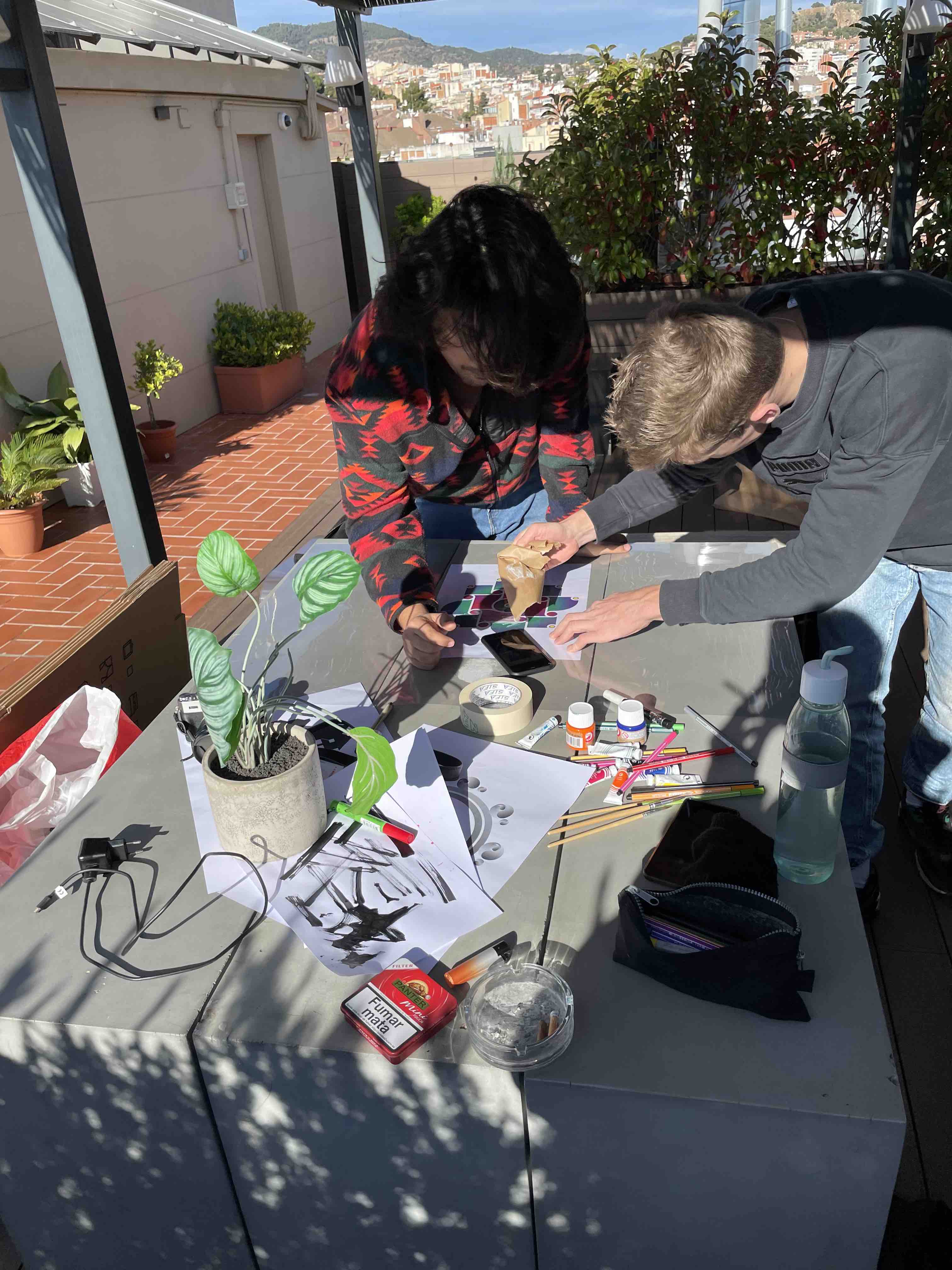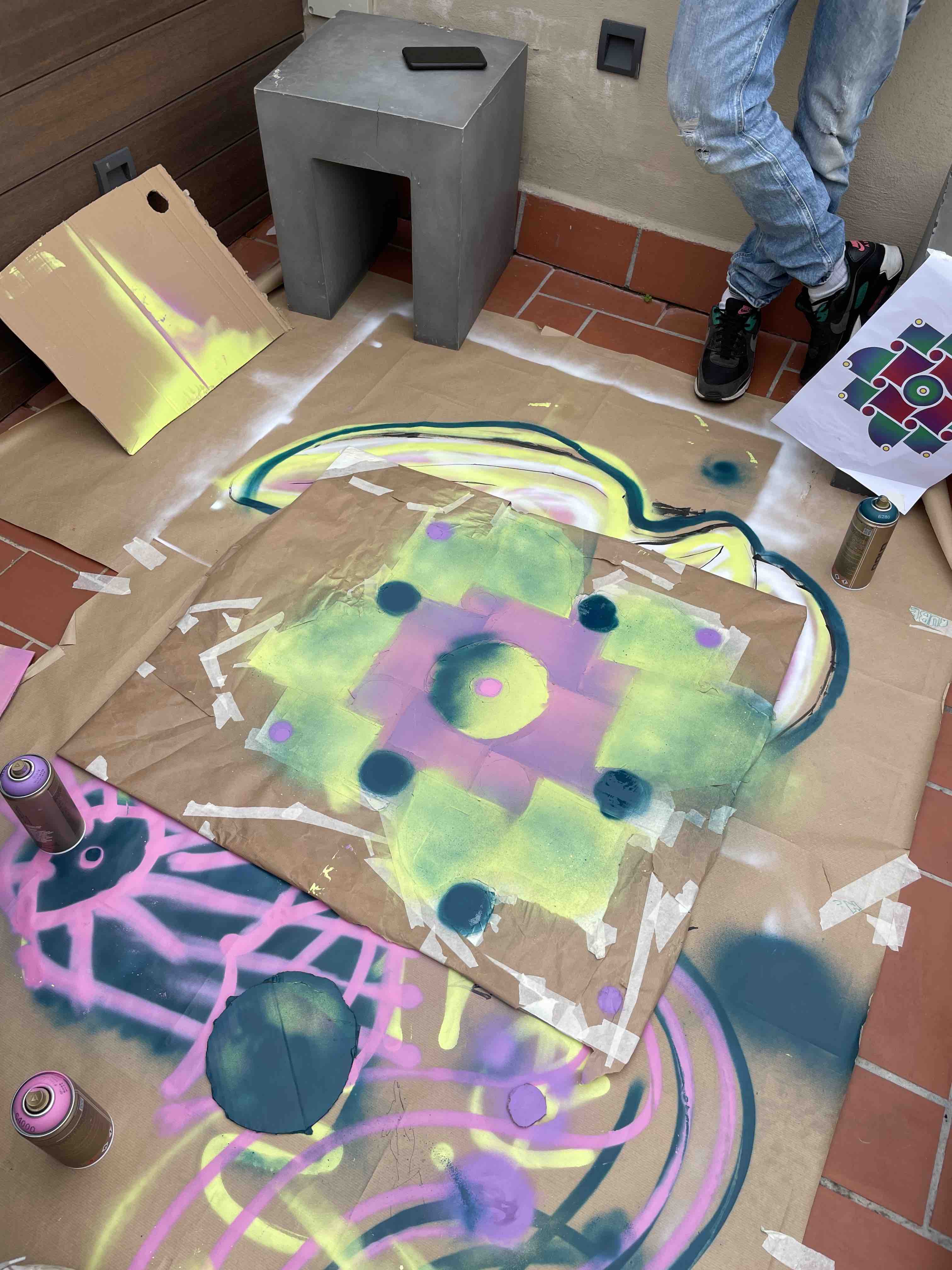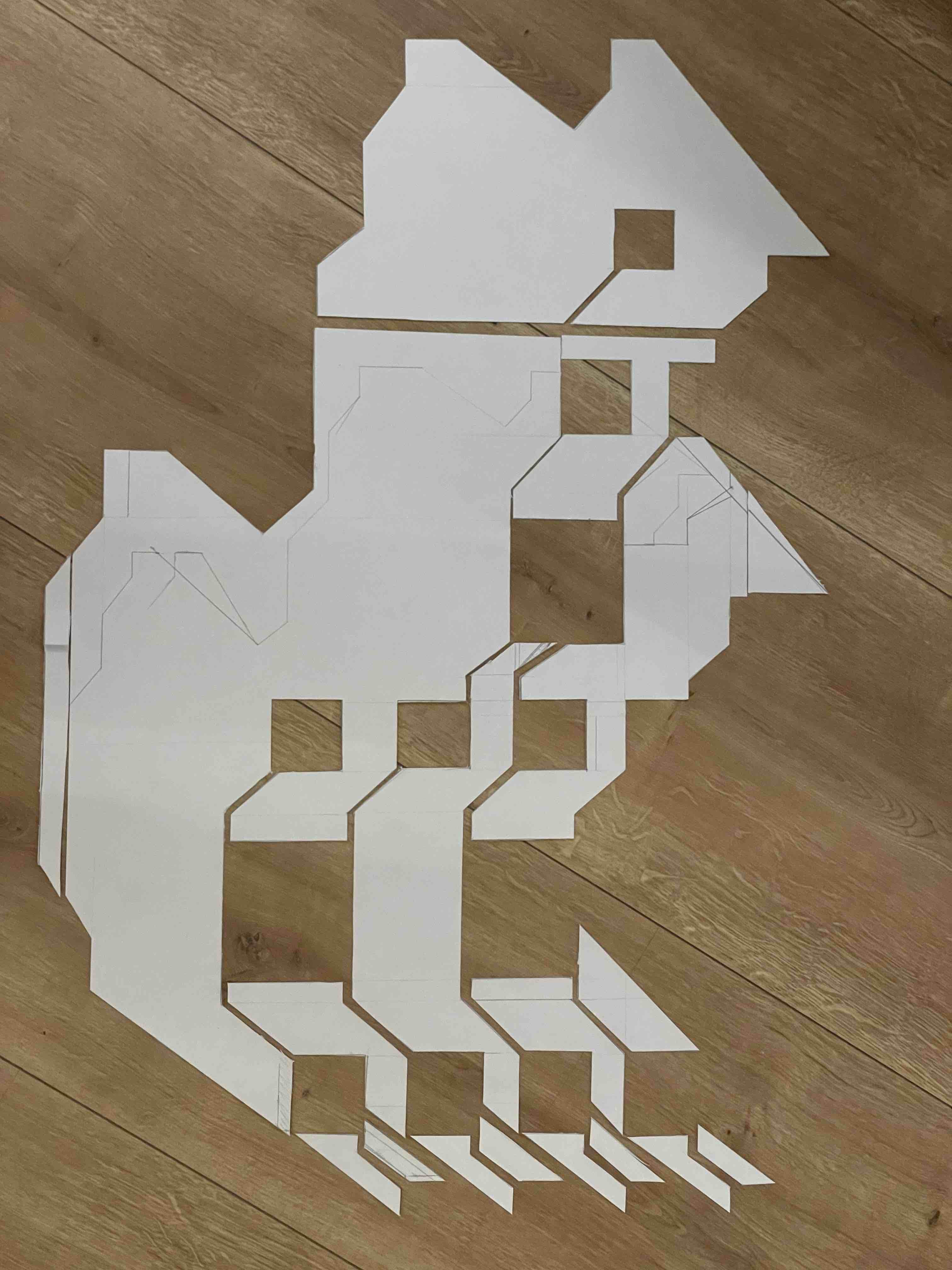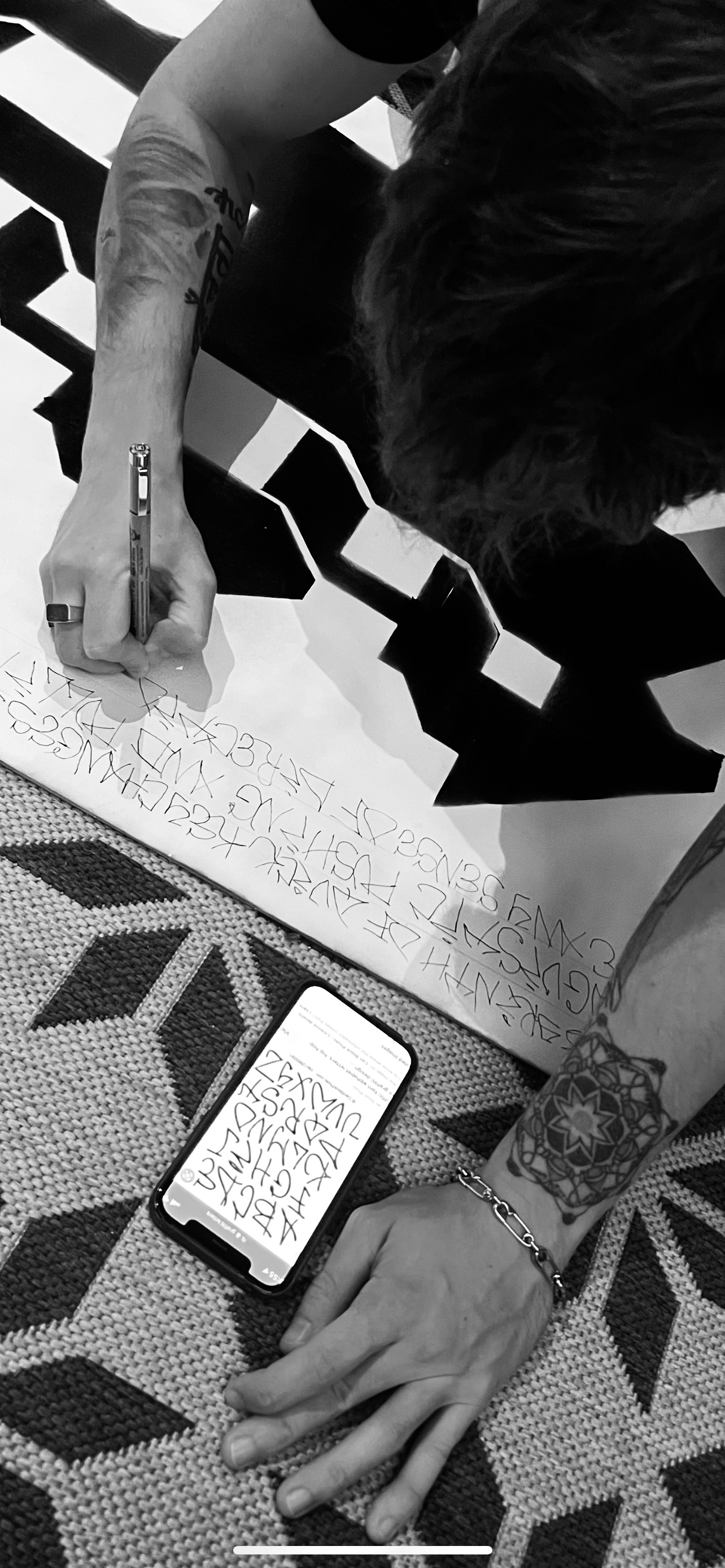During the 'Tech Beyond the Myth' seminar we were tasked with trying an experimental method to document our design process. Since I was already fascinated by geometry, nature of code, physics, chaos theory and recursion, I naturally started seeing fractals in tech objects presented to us.
Whilst disintegrating macbooks, TVs and iRobots, we were exposed to many circuit boards with complex structures of silicon chips. Such black boxes were not only on the surface of those boards but also within them were you had multiples of silicon chips presented as another nano-layer not available to human eyes. Such concept and architecture instantly reminded me of recursive structures and fractal geometry.
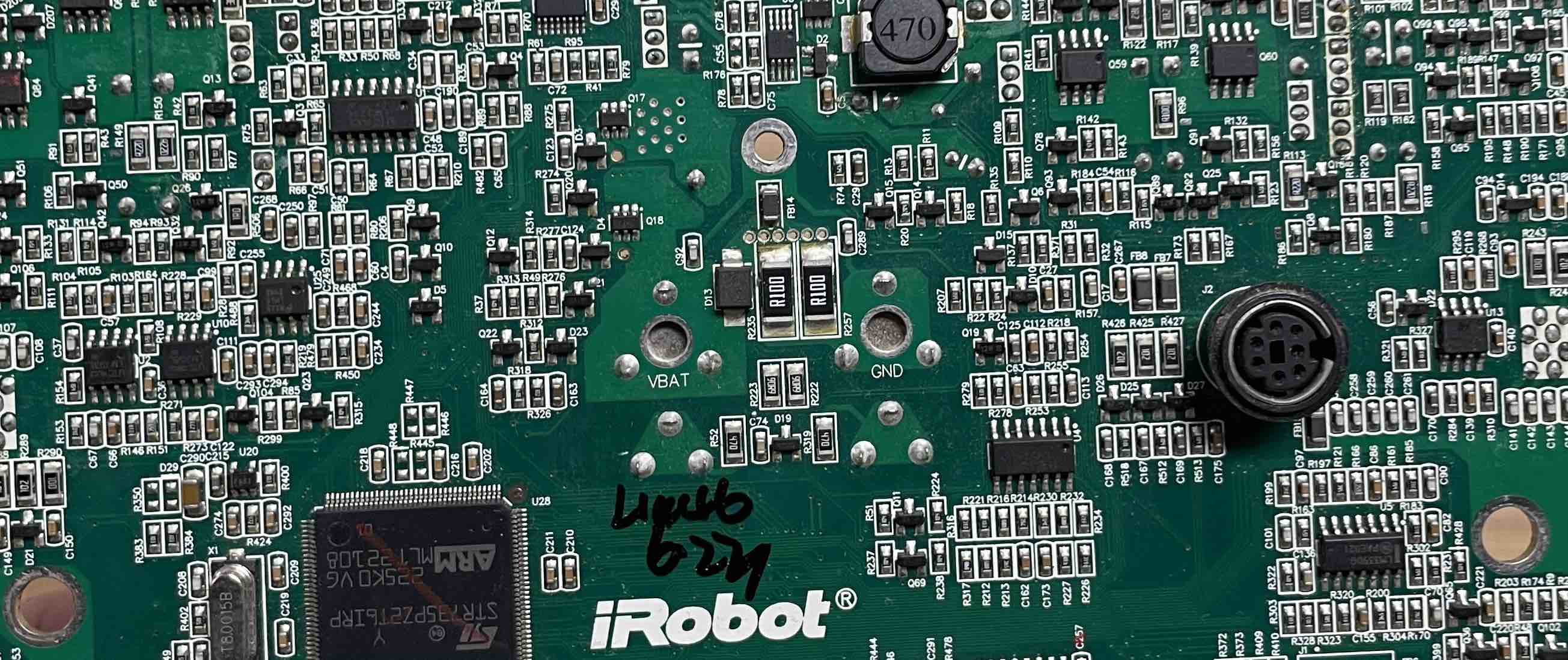
Looking at it I've started ideating and learning how to compose fractal structures with pen and paper. What I've ended up with was a drawing resembling of a half-pipe one might find in a skate park.
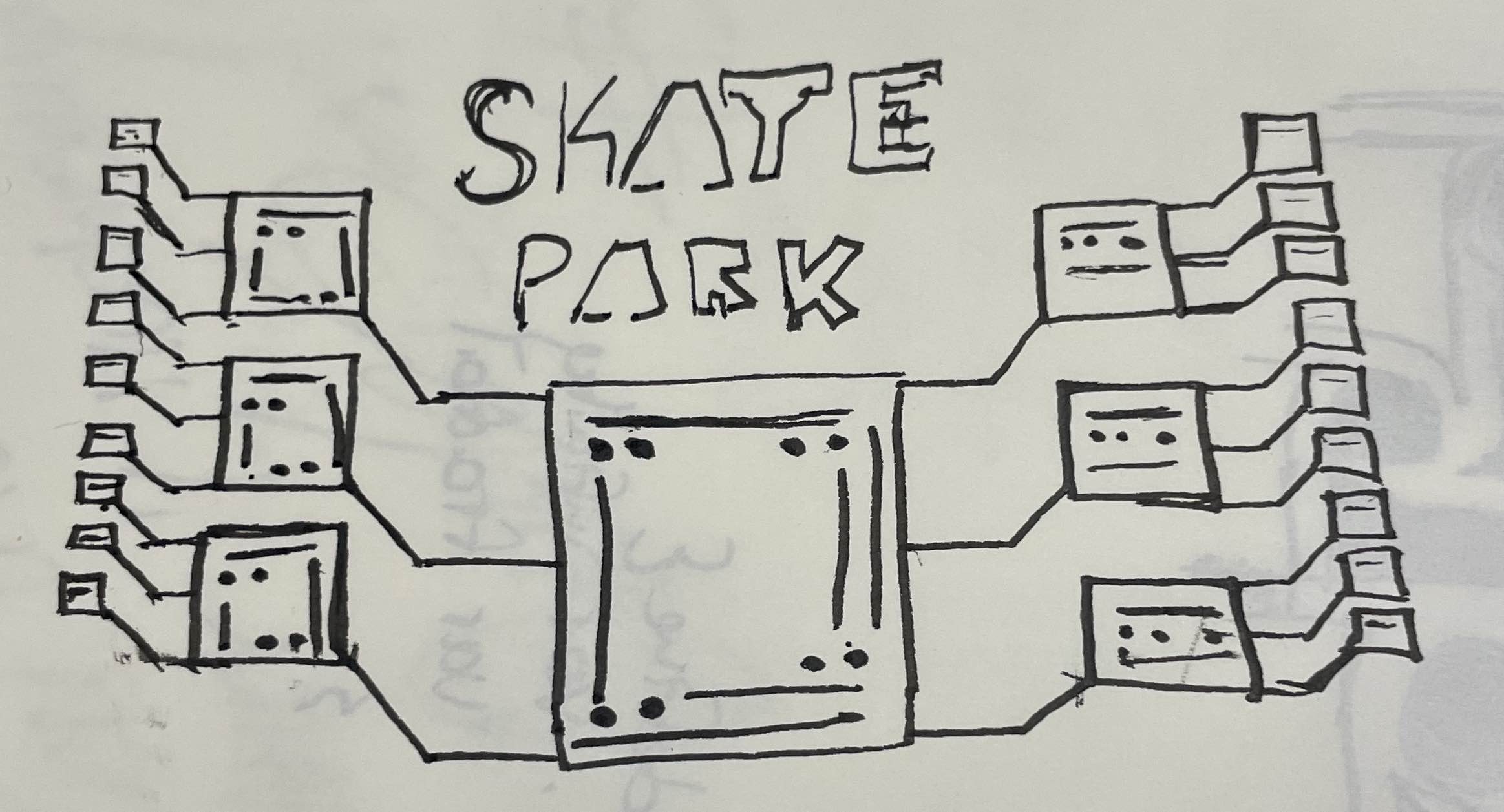
Next up, I was heavily immersed in a beautiful yet such simple patter on one of the fans we used during a construction of an almost useless machine we called the "Loner Booth". Reducing dimensions, I could start seeing the pattern of a "Metro Network".

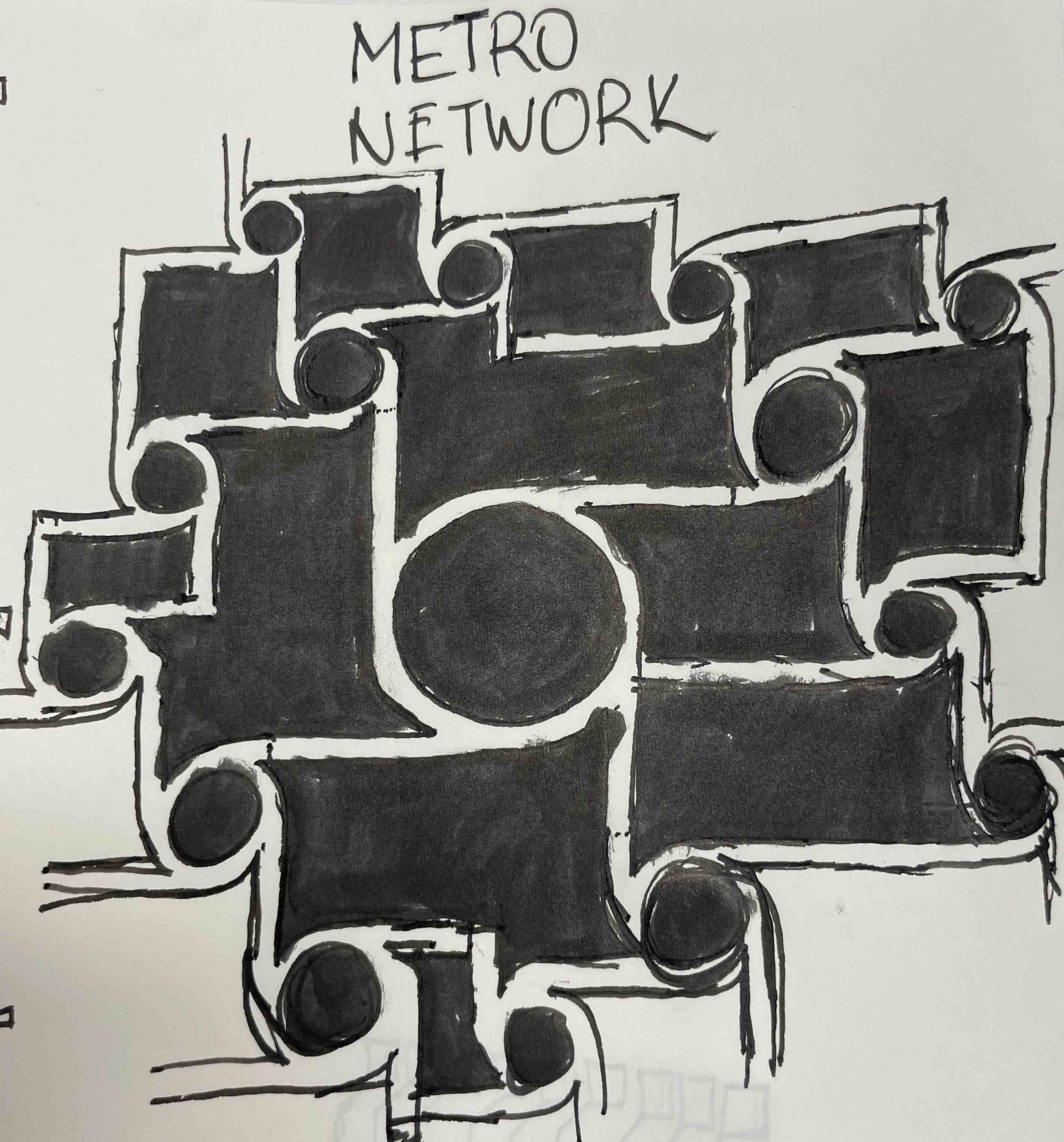
Finally, I'm leaving some other inspirations and WIPs I've made throughout this documentation process that didn't reach a concrete end but might serve as inspiration for the future projects.The 2 at hand were inspired by the pseudo code developed for the arduino project as well as another work based off circuit boards that started looking like a mechanical flower fractal.
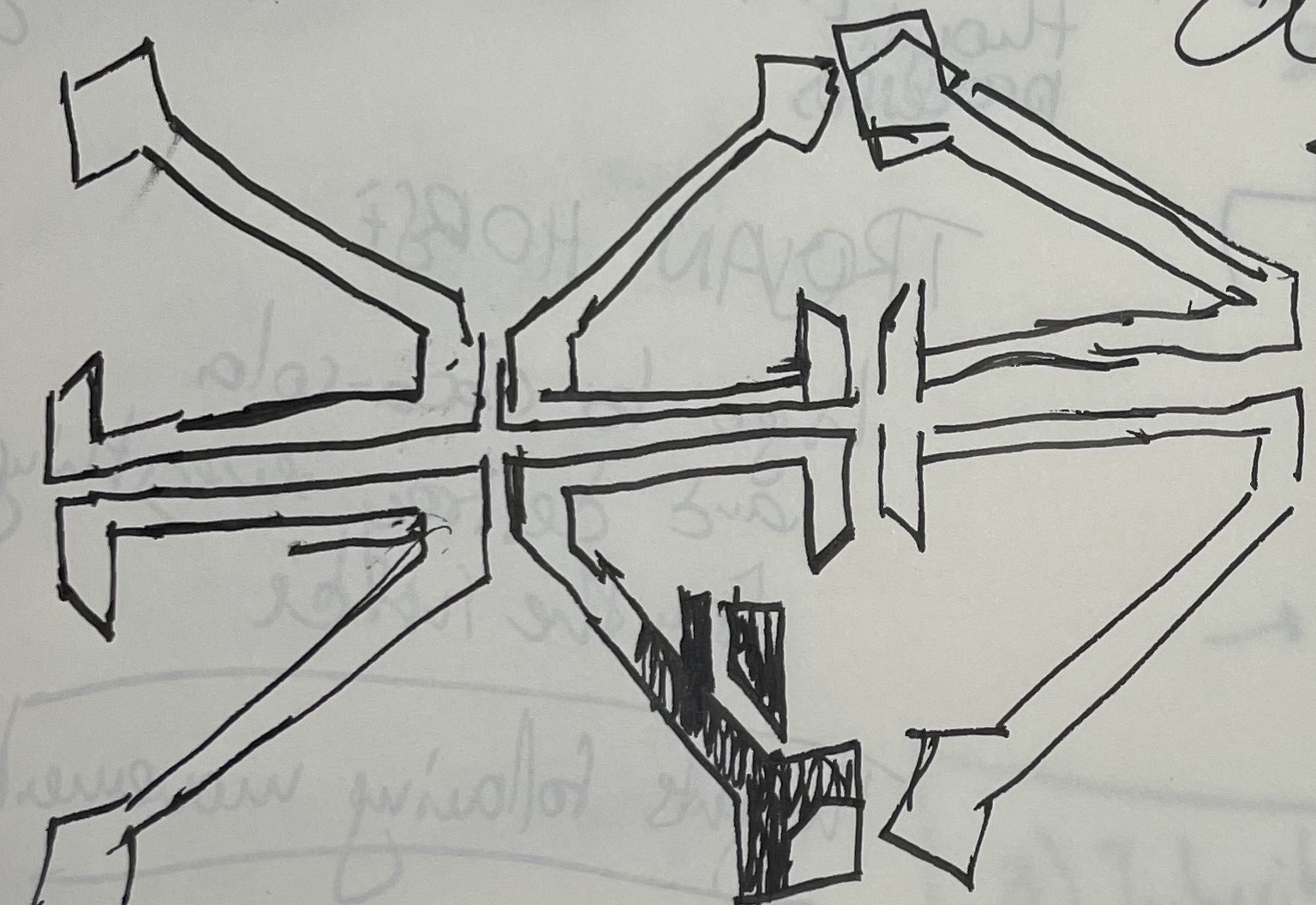
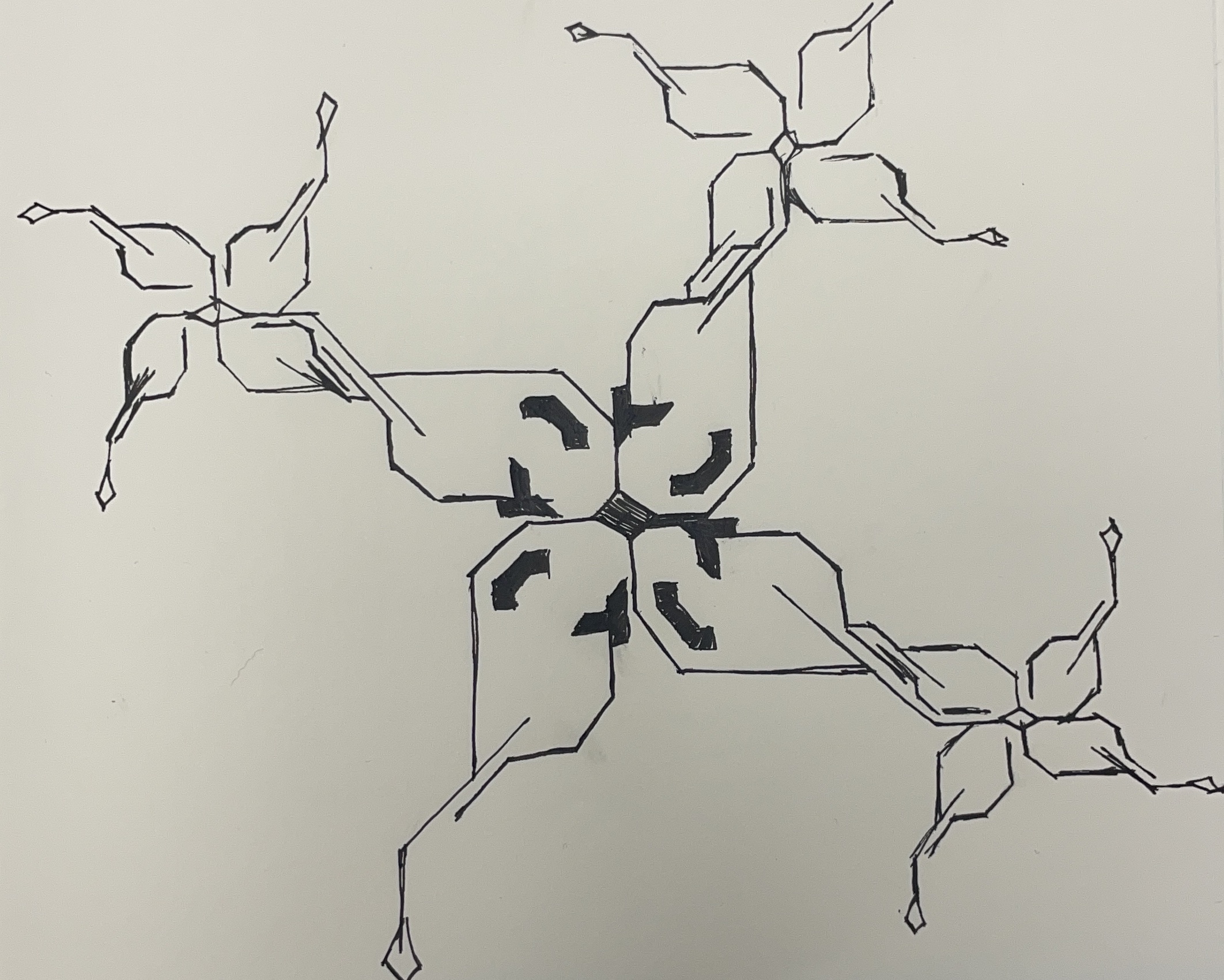
When starting this whole endeavour I knew from the start that I wanted to involve more people and explore fractal geometry together as well as introduce people to concepts such as recursion while having fun at the same time. One of my classmates, Ruben, was quite proficient with Illustrator and helped me out with translating this terrible drawing into something much cleaner with which we could start moving away from documentation and into communication.
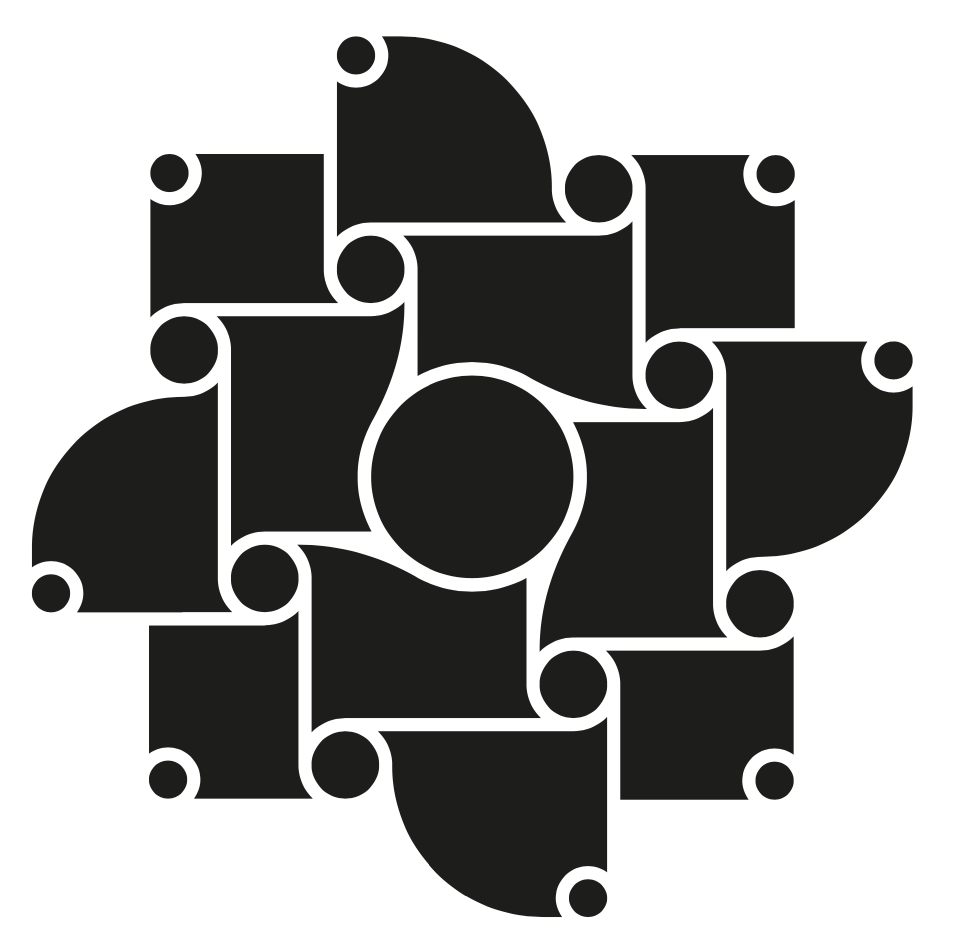
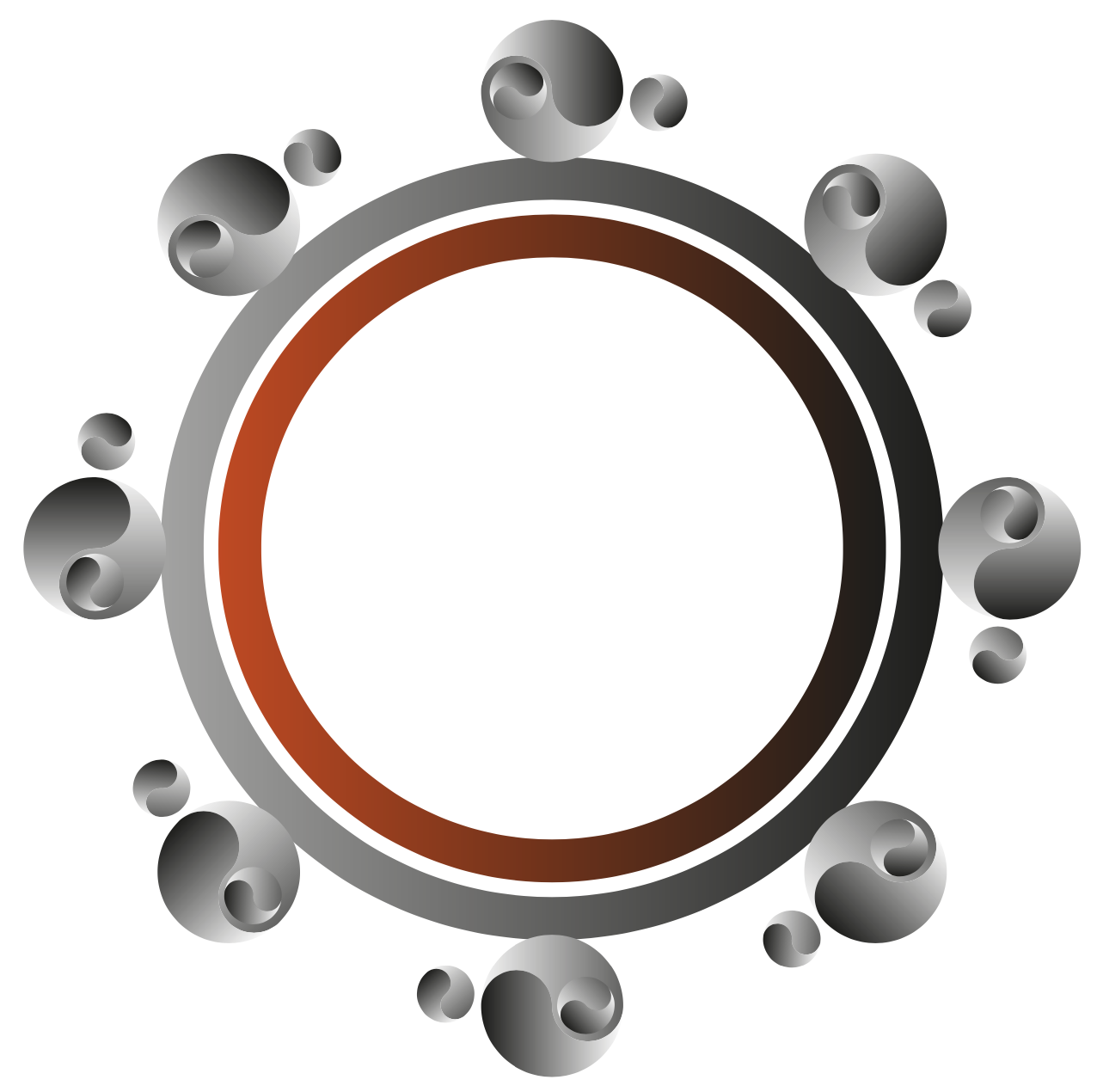
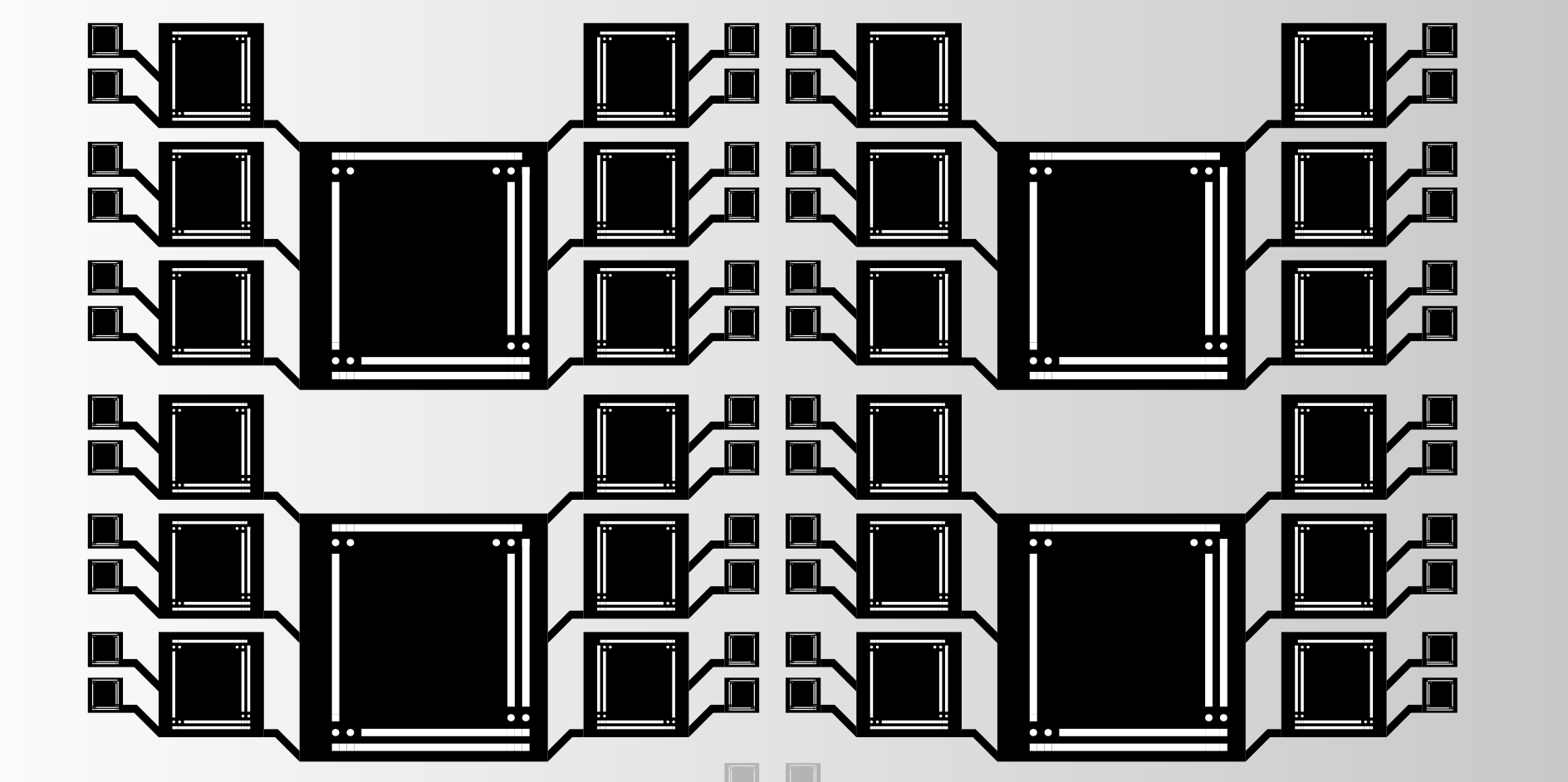
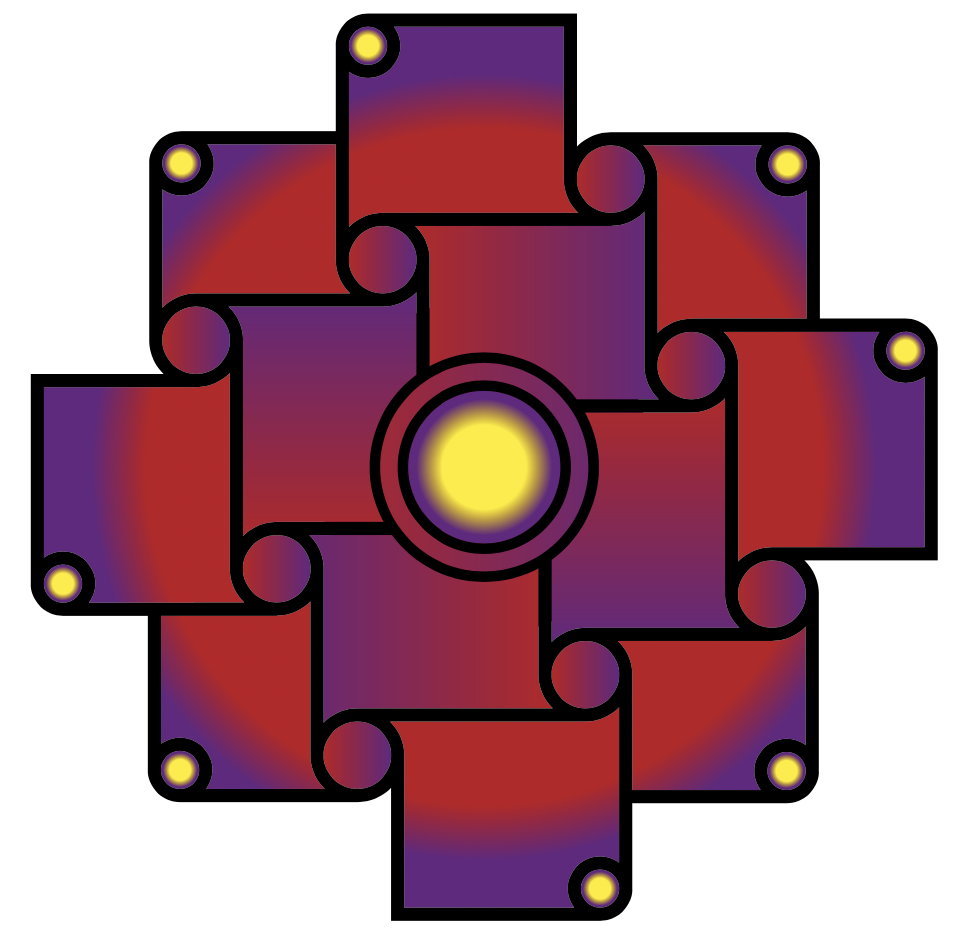
Seeing as the work progresses, I started contemplating whether with such work one can even refer as fractals as these structures were most definitely missing the math and code and without it, it is pure speculation. From then onwards I decided to learn how to code fractals using p5.js framework. Although I wasn't able to represent the approximations of what we designed beforehand, I still got a pretty good result and immersion to coding using recursive functions. Here you can see a couple of results that came from this.
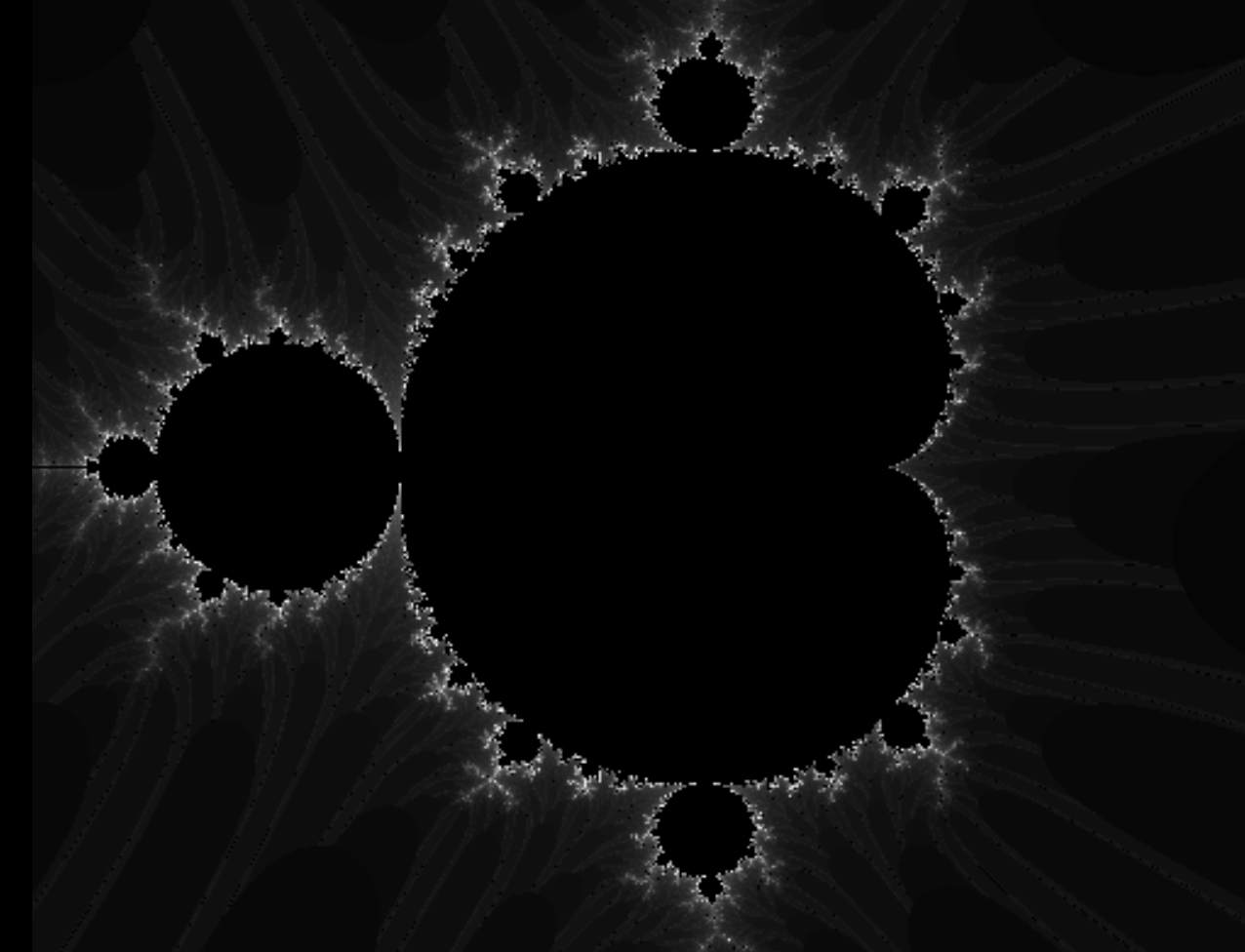
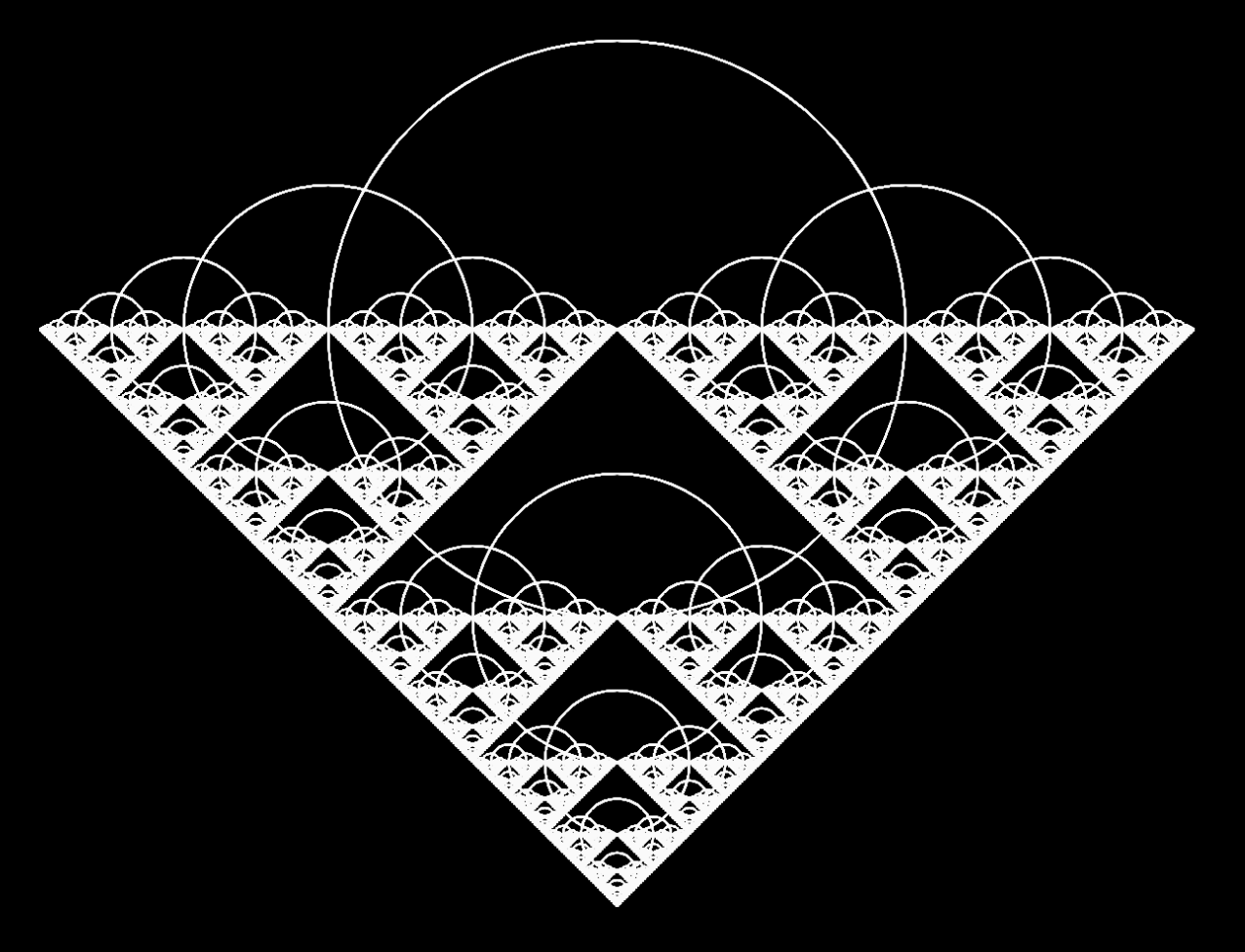
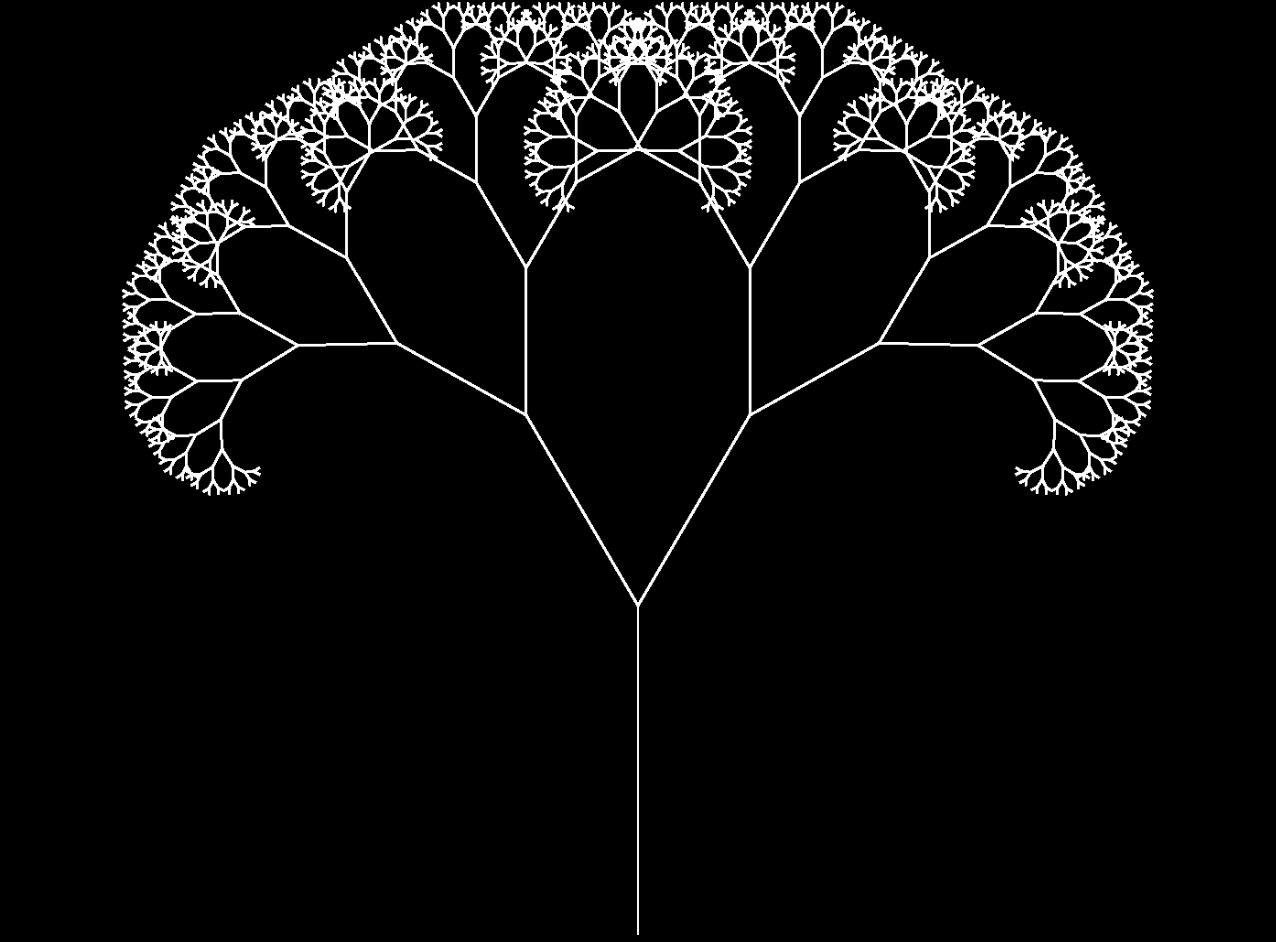
Finally, the main interest I saw in such a work is to engage the community to collaboratively explore and learn through everyday objects. And what better tool can you use for such purpose than graffiti.
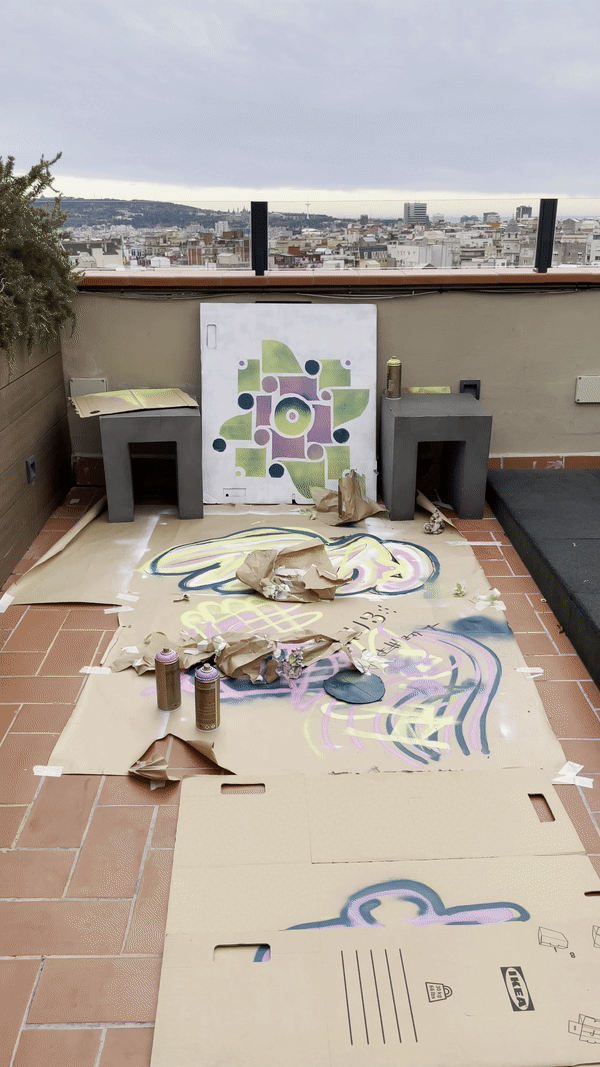
At this point I've conducted the workshop with 3 different people to learn about fractals, recursion and spray paint cool looking geometry on canvases we found from trash -- always sustainable.

